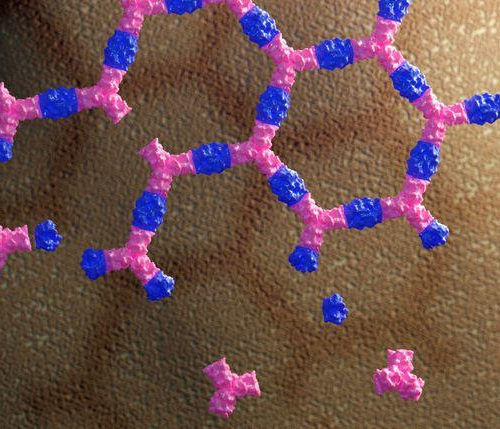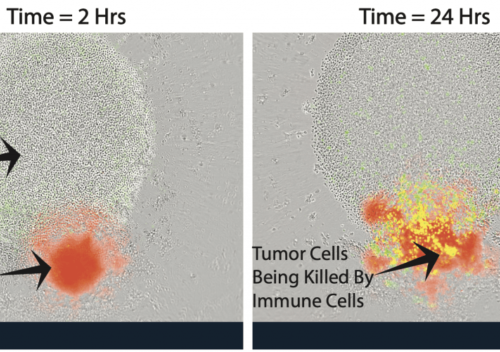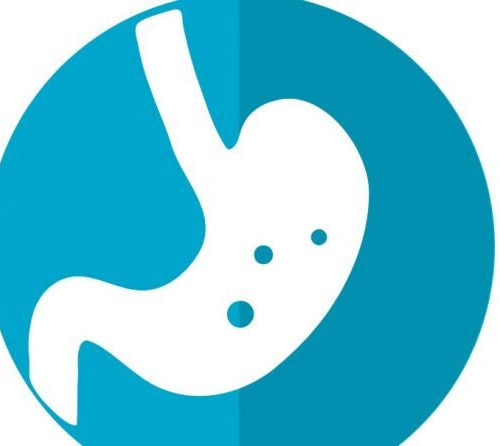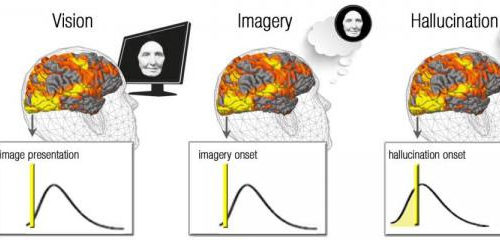By Kelly Servick Jan. 6, 2021 , 2:00 PM A new strategy to fight the world’s most potent poison has passed its first tests in animals. Two research teams have developed neutered forms of botulinum toxin that chase their deadly counterpart into nerves and disarm it. The treatment, if it works in people, would be the first...
Designer protein patches boost cell signaling
A new class of protein material that interacts with living cells without being absorbed by them can influence cell signalling by binding and sequestering cell surface receptors, a new study shows. This breakthrough could have far-reaching implications for stem cell research and enable the development of new materials designed to modulate the behaviour of living systems. Illustration...
A new way to help the immune system fight back against cancer
Scientists at the University of Wisconsin School of Medicine and Public Health are breaking new ground to make cancer cells more susceptible to attack by the body’s own immune system. Working in mice, a team led by Jamey Weichert, professor of radiology, and Zachary Morris, professor of human oncology, is combining two different techniques in its approach,...
Gut cells sound the alarm when parasites invade
To effectively combat an infection, the body first has to sense it’s been invaded, and then the affected tissue must send signals to corral resources to fight the intruder. Knowing more about these early stages of pathogen recognition and response may provide scientists with crucial clues when it comes to preventing infections or treating inflammatory...
Scientists capture the moving parts of the portal to the cell’s nucleus
The nucleus of a cell is well-shielded by a double membrane to protect its most sensitive possession—its DNA. Anything that enters or exits must pass through the nuclear pores, cylindrical structures made of hundreds of proteins. Scientists have made great advances in figuring out the architecture of the pore by reconstructing each of its parts in the...
Mount Sinai researchers identify and characterize 3 molecular subtypes of Alzheimer’s
THE MOUNT SINAI HOSPITAL / MOUNT SINAI SCHOOL OF MEDICINE (New York, NY – January 6, 2021) – Researchers at the Icahn School of Medicine at Mount Sinai have identified three major molecular subtypes of Alzheimer’s disease (AD) using data from RNA sequencing. The study advances our understanding of the mechanisms of AD and could pave the...
Where antibiotic resistance comes from
UNIVERSITY OF GOTHENBURG IMAGE: PROF. JOAKIM LARSSON, SAHLGRENSKA ACADEMY, UNIVERSITY OF GOTHENBURG. CREDIT: PHOTO BY JOHAN WINGBORG By comparing thousands of bacterial genomes, scientists in Gothenburg, Sweden have traced back the evolutionary history of antibiotic resistance genes. In almost all cases where an origin could be determined, the gene started to spread from bacteria that,...
Autoimmune diseases: similar molecular signatures in target tissues
UNIVERSITÉ LIBRE DE BRUXELLES Autoimmune diseases are diseases of “mistaken identity”, where the immune system – which is supposed to protect us against infectious diseases and neoplasias – mistakenly attacks and destroys components of our own body. The incidence of autoimmune diseases is increasing on a worldwide basis, and these diseases – including type 1...
A brain mechanism underlying ‘vision’ in the blind is revealed
WEIZMANN INSTITUTE OF SCIENCE IMAGE: THE VISUAL CENTERS IN THOSE SEEING A FILM OR IMAGINING AS INSTRUCTED HAD SIMILAR TIMING IN THEIR BRAIN ACTIVITY, WHILE THOSE EXPERIENCING SPONTANEOUS HALLUCINATIONS SHOWED A GRADUAL INCREASE IN SLOW FLUCTUATIONS CREDIT: THE WEIZMANN INSTITUTE OF SCIENCE Some people have lost their eyesight, but they continue to “see.” This phenomenon,...
Faulty metabolism of Parkinson’s medication in the brain linked to severe side effects
UPPSALA UNIVERSITY Until now, the reason why the drug levodopa (L-Dopa), which reduces the motor symptoms of Parkinson’s disease, declines in efficacy after a few years’ use has been unknown. A side effect that then often occur is involuntary movements. A Swedish-French collaboration, led from Uppsala University, has now been able to connect the problems...






